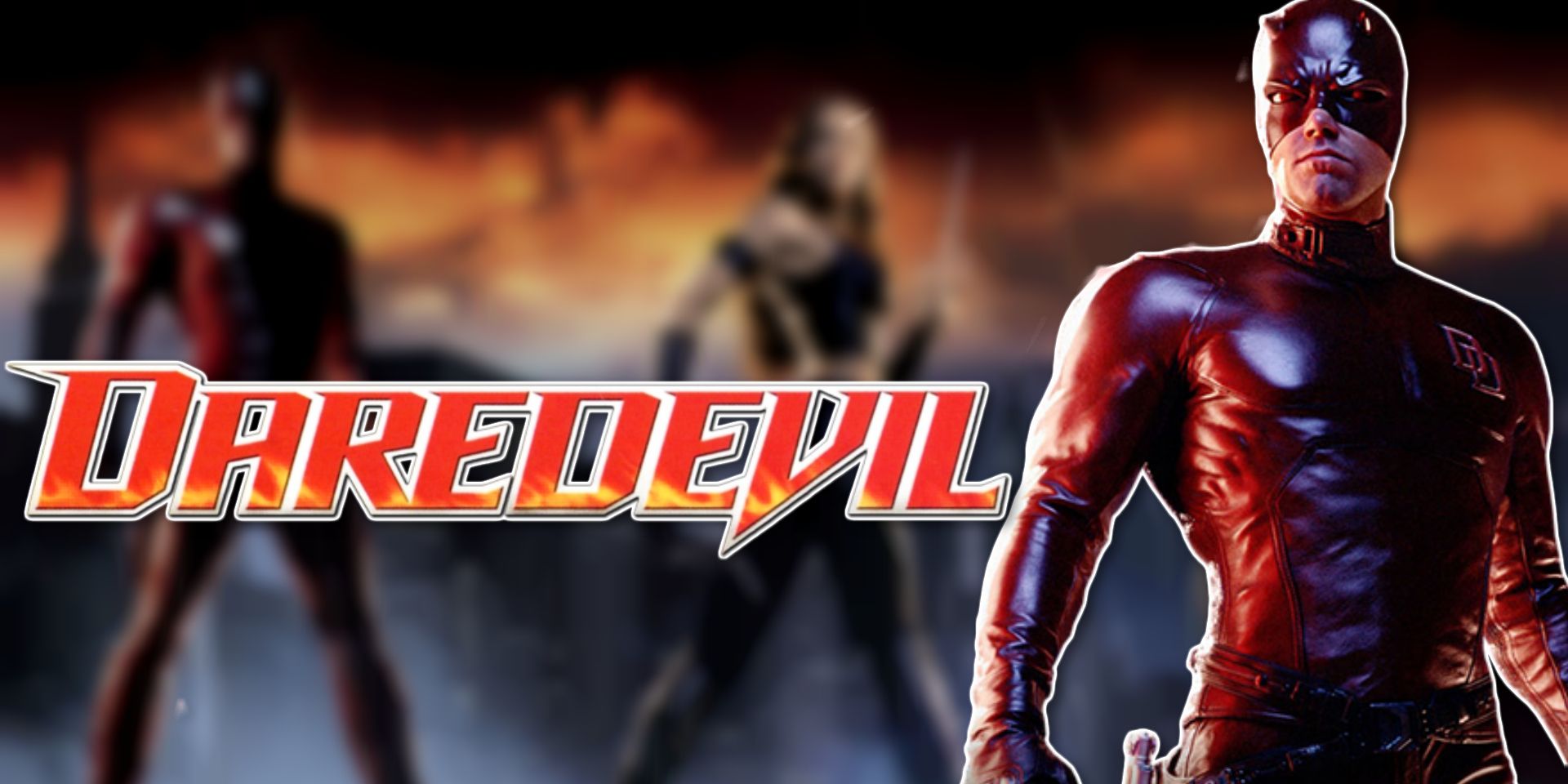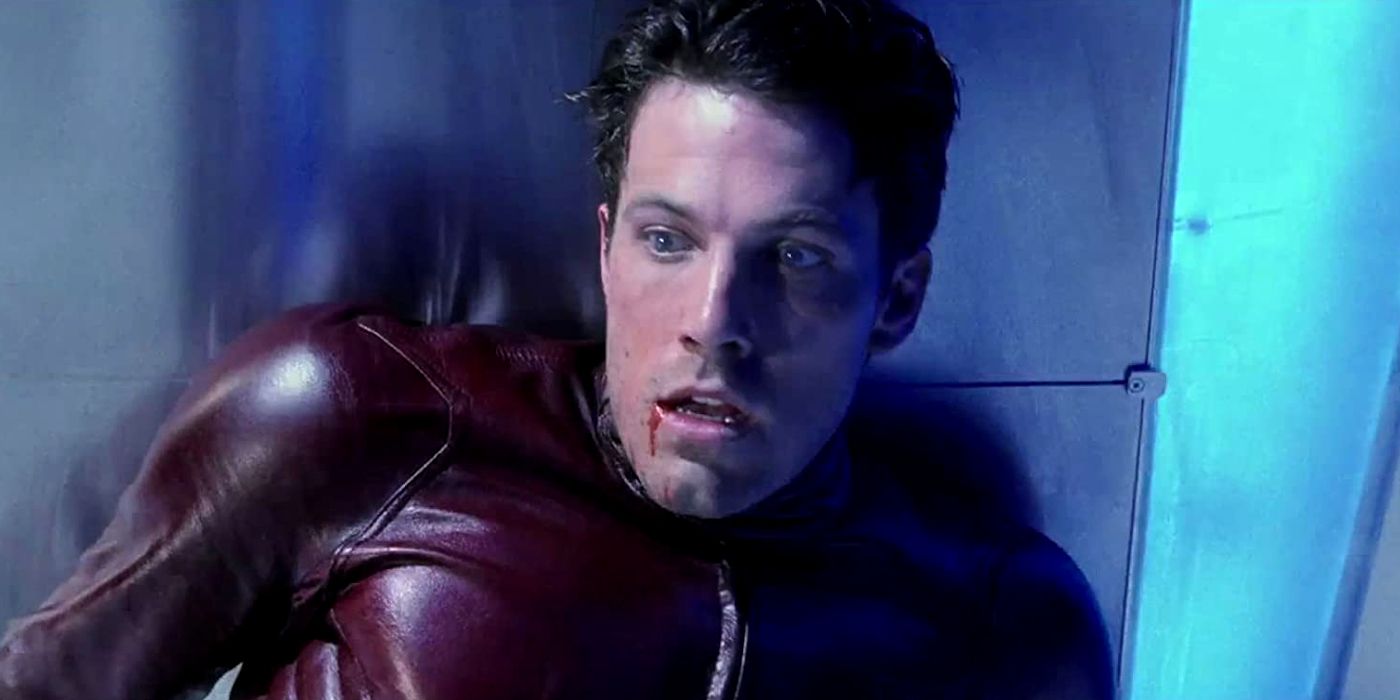The 2003 film Daredevil might now be regarded as a misstep in the history of superhero cinema. However, with the revived popularity of superhero director's cuts thanks to Zack Snyder's Justice League, it's timely to return to Mark Steven Johnson's Daredevil, which is improved greatly by a director's cut that added an extra half-hour of footage.
What Was Cut From Daredevil?
Upon release, the director's cut was hyped-up for increasing the violence and including more bloody action, but the violence appeared somewhat superficial compared to the more substantial changes made throughout the film. Many scenes that did not directly progress the plot are extended, illustrating the characters talking or interacting. For instance, there is more of Matt Murdock's relationship with his father, as well as more between Foggy Nelson and Murdock. There's also a scene where Kingpin murders one of his guys. Furthermore, Murdock's faith is expanded on in multiple scenes.
Scenes are also rearranged in the director's cut. This results in certain scenes, like the romantic scene between Elektra and Daredevil in the rain, coming across differently. In the theatrical film, this scene is preceded by a violent fight, and Murdock is then invited to the ball. However, in the director's cut, the love scene comes before the fight, with Murdock leaving to stop a criminal and having an existential crisis. Then, a scene involving Murdock meeting with a priest happens, but it takes place earlier in the theatrical cut. Finally, after all that, he gets the ball invite.
The biggest addition is a legal subplot, one that ties directly into Murdock uncovering Kingpin's crime schemes in the court of law. This gives Nelson more to do, and it develops Murdock's lawyer life that runs parallel to his crime-fighting life. In the theatrical edition, audiences have no idea why the police are after Kingpin in the third act, but the director's cut gives viewers more insight on why this is.
What Does The Director's Cut Add to Daredevil?
The theatrical cut of Daredevil trimmed all other subplots that did not directly advance the core plot surrounding Elektra and Daredevil fighting crime. The director's cut of Daredevil, on the other hand, decentralizes Elektra in order to focus on Murdock's internal struggles, developing him as a lawyer, lover and vigilante, one who is torn up by the guilt and alienation that come with his crusade.
By rearranging scenes, the film communicates cause-and-effect. Scenes feel more powerful when viewers understand why they occurred, as seen with Murdock going to the priest despite his struggles with faith. This makes Murdock a more complex character as well.
In fact, the entire film feels more fleshed out thanks to the Director's Cut. Characters feel more like people, especially the characters outside of Daredevil's vigilante life. In the theatrical cut, Nelson and Daredevil's dad are somewhat inconsequential. In the Director's Cut, they tie directly into the plot, especially Nelson, who proves instrumental in taking down Kingpin.
It feels as though the theatrical cut of Daredevil was dumbed down in order to emphasize action and a simple romantic story, when the film was far more dynamic than that, exploring themes of guilt, sacrifice and dual-identity. There are flaws with Daredevil, but they feel less potent when distilled in a far more dynamic, character-driven story.



